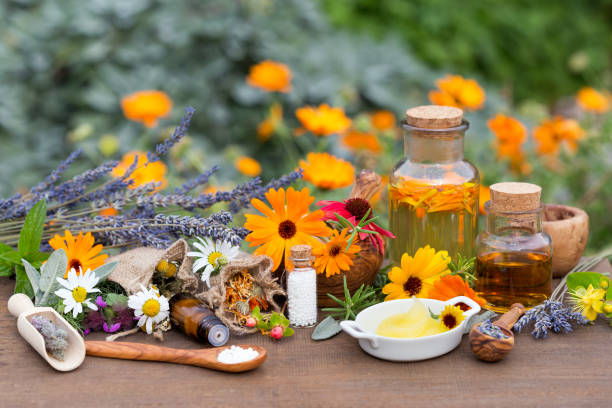Comparing Grit Levels and Attachments for Effective Foot Smoothing
Choosing the right grit and attachment for foot smoothing affects comfort, results, and safety. This article outlines how grit sizes work, which attachments suit different needs, and how to align device choice with routines like spa visits, rehabilitation, or at-home maintenance.

Foot smoothing tools can be effective when chosen and used appropriately. Understanding the relationship between grit level and attachment type helps you target thick calluses, delicate dry skin, or maintenance polishing without causing irritation. This article examines common grit ranges, attachment shapes and materials, and where they best fit into routines that range from at-home care to spa or rehabilitation settings. It also addresses how grinders interact with topical products and adjunct treatments used in aesthetic or anti-aging contexts.
This article is for informational purposes only and should not be considered medical advice. Please consult a qualified healthcare professional for personalized guidance and treatment.
Which grit level for heavy calluses and peeling?
Grit indicates how coarse an abrasive surface is. Coarser grits (often labeled as low numbers or “coarse”) remove thick callus tissue faster but can be harsh if used aggressively. Medium grits are suitable for regular maintenance after initial reduction, while fine grits polish and smooth skin without significant removal. For pronounced peeling or longstanding calluses, start with a coarse attachment for short, controlled passes, then follow with medium and fine grit to refine the surface. Always monitor skin response—excess redness or prolonged swelling means stop and consult a professional.
How do attachments affect smoothing and swelling?
Attachments vary by shape (cylindrical, conical, disk), material (ceramic, diamond micro-abrasive, metal), and texture (coarse to fine). Cylindrical heads are good for broad areas of the heel; conical tips reach between toes and around irregular contours. Ceramic or diamond-coated heads tend to last longer and create consistent abrasion. Softer attachments or foam buffers are useful post-treatment to reduce friction-related swelling. For individuals prone to swelling or with circulatory issues, gentler attachments and reduced session time are safer, and consultation with a clinician is recommended.
Can foot grinders fit into spa, sauna, or balneotherapy routines?
Foot grinders can complement spa, sauna, and balneotherapy visits when used as part of a controlled protocol. Pre-treatment soaking—often with warm water and calming elements like lavender—softens skin and makes peeling gentler. In spa settings, combining a brief mechanical smoothing with moisturizing lotion and antioxidant-rich serums can enhance comfort and aesthetic results. In rehabilitation contexts, devices should be used under guidance to avoid disrupting wound healing or exacerbating swelling after procedures such as liposuction alternatives or other interventions.
Are foot grinders relevant with cosmetic procedures and mesotherapy?
Foot smoothing is generally separate from invasive cosmetic procedures, but it intersects with non-surgical aesthetic practices. Mesotherapy, topical anti-aging lotions, or antioxidant treatments can improve skin quality after mechanical exfoliation. However, if a woman has recently undergone cosmetic procedures on the lower legs or feet, including mesotherapy or liposuction alternatives, consult the treating clinician before using abrasive devices. Timing and gentleness matter to prevent interference with recovery, swelling, or infection risk.
Maintenance, lotions, anti-aging and antioxidant care?
After mechanical smoothing, applying a suitable lotion helps restore hydration and barrier function. Look for formulations with humectants and antioxidants to support skin repair and anti-aging aims. For routine care, a nightly application paired with gentle massage can reduce stubborn dryness. Natural adjuncts—such as small applications of lavender-scented balms after spa sessions—can add soothing effects, but avoid strong fragrances if skin is sensitive. Incorporating fitness and nature-based routines like regular foot movement and time outdoors can support circulation and overall foot health.
Before making a purchase or choosing a device, consider real-world cost and provider differences to find a tool that fits your needs and safety standards. Below is a concise comparison of commonly available products and reputable providers often sold or shipped to customers in the Czech Republic and the United Kingdom.
| Product/Service Name | Provider | Key Features | Cost Estimation |
|---|---|---|---|
| Electric Foot File (ceramic roller) | Scholl (retail) | Ceramic rollers, multiple speeds, replaceable heads | €25–£35 |
| Diamond Micro-Head Device | MicroPed (specialty) | Diamond-coated discs, precision tips | €40–£70 |
| Professional Salon Treatment | Local spa or podiatry clinic | Manual or powered smoothing performed by trained staff | €30–€80 / £25–£70 per session |
| Rechargeable Rotary Tool with Attachments | Braun/Philips (retail) | Multiple attachments (coarse to fine), rechargeable | €30–£60 |
Prices, rates, or cost estimates mentioned in this article are based on the latest available information but may change over time. Independent research is advised before making financial decisions.
Conclusion
Selecting the right grit and attachment is a balance between effectiveness and skin safety. Coarse grits remove bulk quickly but require follow-up refinement with medium and fine abrasives; attachment shape and material influence coverage and comfort. Consider spa or clinical contexts for more intensive work and use moisturizing, antioxidant, or anti-aging products afterward to support recovery. When in doubt—especially after cosmetic procedures or if you experience swelling—seek professional advice to tailor treatment to your needs and local service options in the Czech Republic, United Kingdom, or your area.





